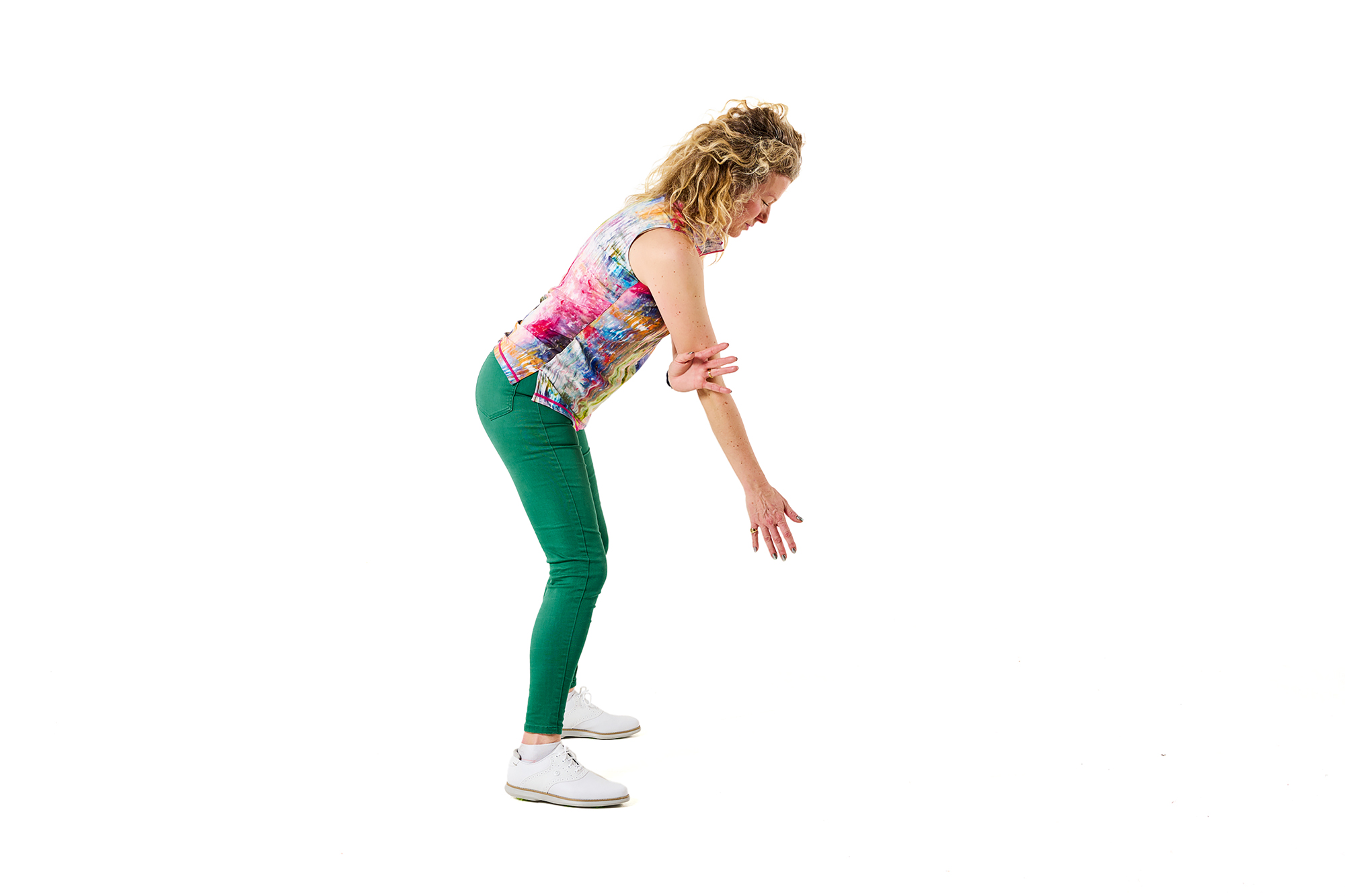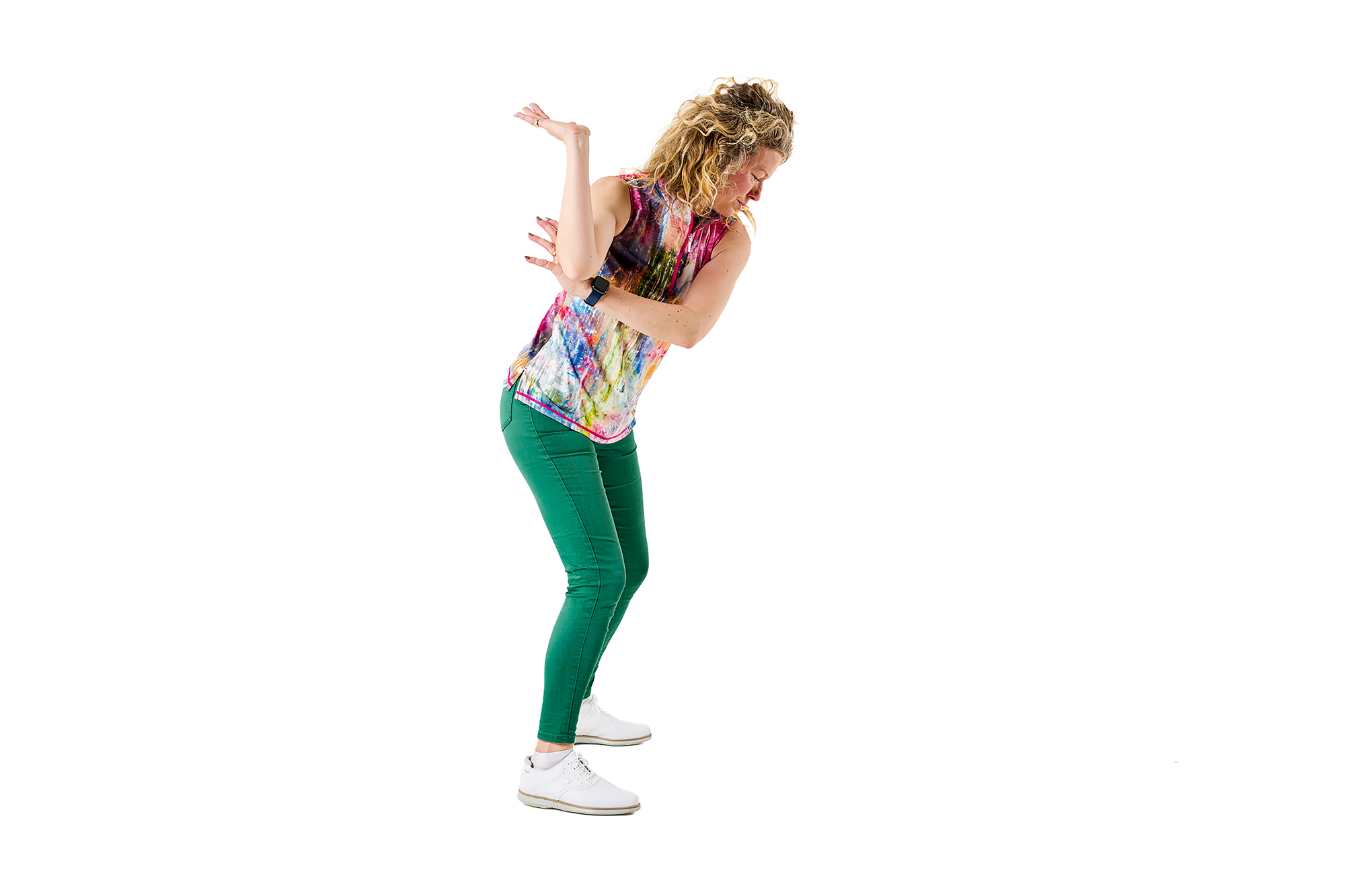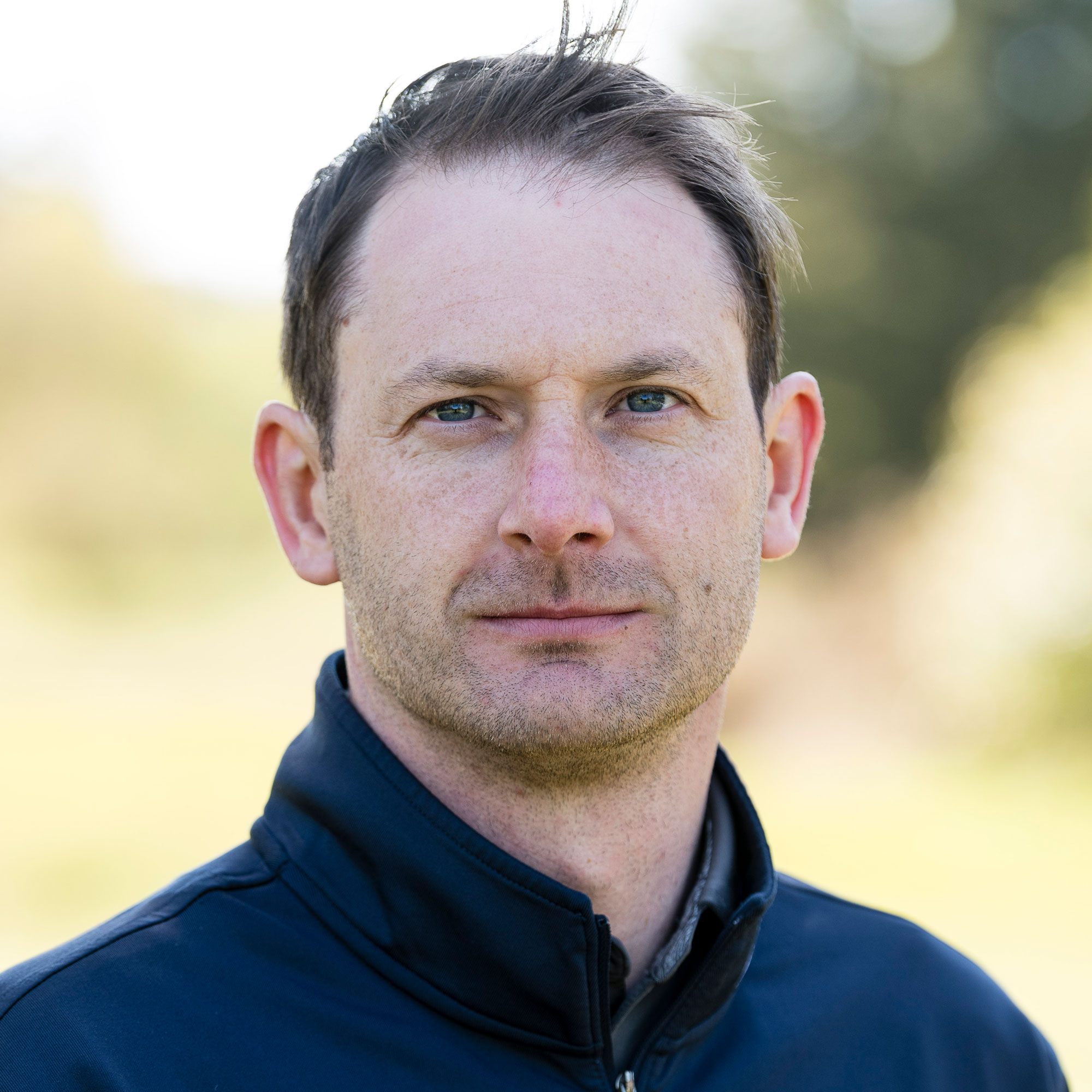You Must Fix This Golf Swing Fault Now! It's Causing A 'Huge Loss Of Power' (And Distance)
This common trail elbow position in the backswing could be costing you power and distance, but we asked an expert PGA Advanced professional to help you fix it


Katie Dawkins
Some of you might never have heard of a flying elbow in the golf swing, but so many amateurs struggle with this common fault that eats into the distance you can hit the ball on the golf course.
Understanding how your right elbow should work in the golf swing could help you to maximise power and ensure a centred strike with driver, but what is the flying elbow and how can you fix it?
In this article, Golf Monthly Top 50 Coach and PGA Advanced professional Katie Dawkins explains all and shares a simple drill that will help you to banish this destructive fault for good...
How To Fix A 'Flying Elbow' In The Golf Swing With One Drill
When you’ve reached the limit of your rotational ability, the arms can then think that it’s a good idea to finish the swing for you.
We talk a lot about how to get a straight left arm in the golf swing, but this fault often sees a tilt, then collapse in the lead arm meaning a huge loss of power.
Try this drill to help maintain energy and efficiency in your swing. Adopt a fairly athletic posture and let your arms hang down.
Then, take your leading arm and hook the back of its hand behind your trailing elbow, making sure that your trail arm stays nice and relaxed.
Subscribe to the Golf Monthly newsletter to stay up to date with all the latest tour news, equipment news, reviews, head-to-heads and buyer’s guides from our team of experienced experts.

A great drill to fix the flying elbow, which any golfer can easily do at home
Those who are predominantly right-handed can start off at address with lots of tension in their right arm (almost braced).
Let it relax, which will help the elbow to fold rather than fly going back. Note in the image that all I’ve done is turn my back to the target and allow that elbow to fold.
This trail elbow is close to my body and I could almost be a waiter carrying a tray of drinks. There isn’t an ounce of tension. My trail elbow is pointing down and everything is nice and connected.

Imagine yourself holding a tray of drinks on your trail hand when at the top of the backswing in this simple drill
If you don’t use your body correctly and stop turning, you’ll reach a point where the arms will lift and take over.
The connection has gone in the image below – the back of my lead hand has separated from my trail arm and the resistance you need to generate power has been lost.
Bear in mind, though, that if you have mobility worries or rotator cuff issues you may struggle to maintain resistance.

The flying elbow can cost you precious yards on the course, so look out for this in your swing
How can I improve my rotation and mobility?
To improve rotation, mobility and power in the golf swing, it's important to work on your golf fitness.
One way you can do this is to try the 10 best golf exercises, building strength and flexibility in key muscles.
It's also important to do a proper golf warm-up every time you tee it up, so arrive in plenty of time and get your body ready to take on the course.

Michael has been with Golf Monthly since 2008. A multimedia journalist, he has also worked for The Football Association, where he created content to support the England football team, The FA Cup, London 2012, and FA Women's Super League. As content editor at Foremost Golf, Michael worked closely with golf's biggest equipment manufacturers and has developed an in-depth knowledge of this side of the industry. He's a regular contributor, covering instruction, equipment, travel and feature content. Michael has interviewed many of the game's biggest stars, including seven World No.1s, and has attended and reported on numerous Major Championships and Ryder Cups around the world. He's a member of Formby Golf Club in Merseyside, UK.
- Katie DawkinsAdvanced PGA Professional and freelance contributor
You must confirm your public display name before commenting
Please logout and then login again, you will then be prompted to enter your display name.